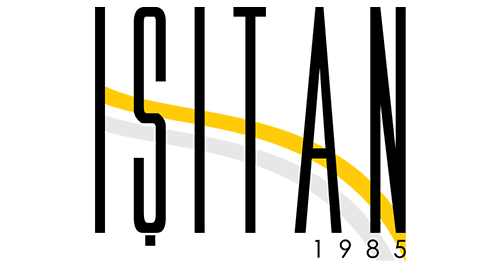Cash App Case Study Getting the benefits of KMM without leaving their rut
Alec intense from Cash App shares their tale of adopting KMM and benefiting from provided code across their platforms that are mobile.

Cash App may be the way that is easiest to deliver money, spend some money, spend less, and purchase cryptocurrency. We believe in supplying everyone else with access to essential financial services so they may be able completely take part in the economy. The app established in 2013 as a simple peer-to-peer payment application with 4 mobile designers, plus it now has 50 mobile designers (split across iOS and Android os) and 30 million monthly active users.
The software has been built with the native Android/iOS t lchains throughout, with some tiny exceptions. We introduced A javascript runtime to power some shared server-driven logic for displaying sensitive payment information, and that has been our first exposure to provided rule. We continued to experiment with JavaScript as a t l for sharing code after 2016, but we figured unless circumstances needed it, the price of working together with JavaScript outweighed the value of sharing rule. We sh t for a development that is quick with Cash App, with small pull demands being reviewed and merged in only a matter of hours, and working with JavaScript always slowed down us down, both in the writing and also the reviewing of it. As time passes our Android os and iOS groups grew closer, the platforms did exactly the same with Swift and Kotlin, and collaboration involving the two teams strengthened. We began bouncing some ideas off each other and comparing rule, and comparable implementations started growing within the codebase.
The choice to test out Kotlin Multiplatform started in available source. a collection we maintain called SQLDelight ended up being gearing up to create Kotlin-only APIs, additionally the decision ended https://datingmentor.org/escort/south-bend/ up being designed to also use KMM to create those generated APIs platform-agnostic. The fit seemed natural. Since SQLite is considered the most commonly used cross-platform technology around, this would serve as an opportunity to test the technology, and it would open the d rs for Cash App to utilize it later on, considering that the Android os form of the application relied heavily on the collection at its core.
L k at the Kotlin Multiplatform Cellphone portal to locate more instance studies from different organizations!
Within Cash App the value idea of utilizing KMM had been twofold we’re able to eliminate some of the shared JavaScript that has been causing problems and enable the Android os and iOS designers to just take the next step in their collaboration and continue maintaining a single codebase. We enjoyed the “shared business, indigenous idea that is UI Kotlin Multiplatform promoted, also it designed that our teams didn’t need certainly to quit using their preferred t lchains. We started testing the technology within Cash App in 2018 with the help of TouchLab, gradually rolling it away behind an element flag to make certain we could move right back and upstream our problems to JetBrains if we encountered any issues that are early-adopter.
Within the year that is last we’ve made major modifications to exactly how we utilize Kotlin Multiplatform to aid teams to l k at it. We had initially introduced the Gradle t lchain to the iOS build by maintaining the provided rule into the same repository, however the additional cost of operating Gradle and rebuilding the project did not seem sensible in light of how often the dependency had been changed. Alternatively, we created a shared repository for Android/iOS become the home for our provided business logic. Since that time, our network, investing, and growth groups have all built features with elements of their business logic in KMM. Exactly What has made me most proud is the fact that contributions attended not merely from Android and iOS downline, but through the server group aswell! Since we use Kotlin for our server-side development, their group has become able to work in the repository, and because the platform-agnostic Kotlin so closely resembles Swift that the change is manageable for the iOS team t .
As well as using SQLDelight, we utilize CrashKiOS from TouchLab to have better stack traces in the open, so we have been in the entire process of adopting Wire to work well with protocol buffers into the shared codebase. In terms of which areas of our business logic we’ve encouraged KMM being a solution for, we’ve had the absolute most success so far with perseverance and pure functions within the provided code, and next we’re hoping to operate more closely with this community APIs using Wire.
The vast majority of our code is written natively — developer happiness and efficiency continues to be the most important thing for people, and our focus right now is ensuring those that want to try Kotlin Multiplatform can do so effortlessly ( and the amount of people that do keeps growing!). The trend into the this past year of more projects exploring it being an option shows the technology. With JavaScript, we were quick to hightail it after giving it an attempt, but thus far more people on the team have been interest that is showing adopting KMM.
Go to the KMM portal to generate very first cross-platfrom application with Kotlin!
We love Kotlin Multiplatform we love about our work because we didn’t have to give up any of the things. We’re at destination now in which the developer workflow is unchanged but there is a choice to generally share rule and obtain all of those benefits without stepping out of our rut. Our teams are increasingly realizing the potential of KMM, providing it an attempt, and seeing just how effective it’s.
